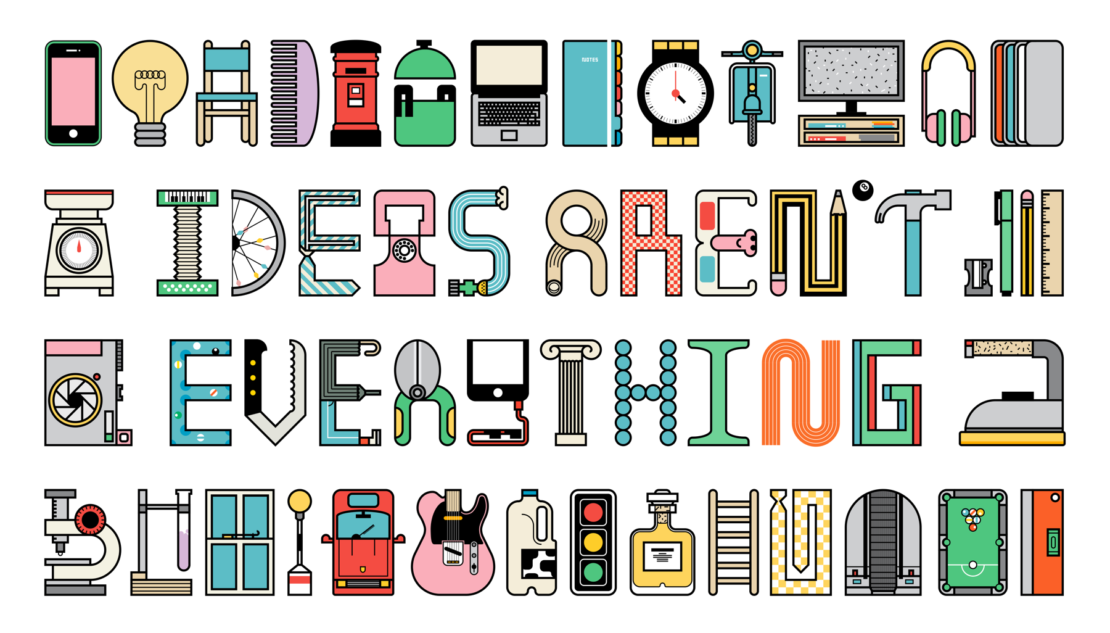
Ideas aren't everything: Corporations
Read previous instalments in this series: Ideas aren't everything: Paranoia; Hubris; Cash
When Professor Shuji Nakamura received his Nobel Prize in Physics in 2014 for inventing the blue LED, it's unlikely that his former employer, Nichia Corporation, would have been on the thank-you list. His bosses, informing him that he was 'crazy', discouraged him from pursuing his research and he was forced to build the equipment he needed by himself. But when his labours ultimately bore fruit (this was while earning an annual salary of around $100,000) Nichia was delighted to step in and monopolise the new billion-dollar market for blue LEDs. In 2005, after a court case and a couple of appeals, Nichia finally settled with Nakamura for $9m.
Being an independent inventor is fraught with money worries, but while employment gives you a financial cushion there's nothing to say that your flashes of inspiration will be deemed worthy by the people who pay you.

"[As] far as bosses are concerned," said Nick Holonyak, the inventor of the dimmer switch, "[if] your curiosity is taking you in some direction that's not in line with the main goal, then you're in jeopardy. The hierarchy is going to remove you or drop you."
And if they don't drop you, choosing to indulge you instead, they're likely to scoop the credit. The board game Twister became a massive worldwide hit in the late 1960s, but its inventor, Chuck Foley, only made $27,000 after a dispute with his boss over royalties. Reynolds Guyer, of the design firm that employed him, still claims to be the inventor of the game despite Foley's name being on the patent.
The world has changed since 1901, when Frank Hornby borrowed a fiver from his supportive boss to register a patent for Meccano. If you've been hired for your inventive flair, your employment agreement will almost certainly assign ownership of your ideas to your employer, and the scope of those assignments is growing; skills, knowledge and even contacts are laid claim to, while so-called 'trailer clauses' scoop up ideas you might have after you've left the company.
Nakamura may have won his case over the blue LEDs, but few inventors have the emotional and financial stomach for the fight.
Businesses encourage radical thinking, but the relationship between profit and big ideas is tricky at best, and destructive at worst
Even if you're not employed directly, history has shown how corporate might can still crush inventive spirit. Philo T Farnsworth and Edwin Armstrong were brilliant engineers, but both had the misfortune to come up against David Sarnoff (also known as 'The General'), the president of American electronics company RCA.
In his laboratory in San Francisco in 1927, Farnsworth invented the 'image dissector' and gave the first demonstration of an electronic television system. The US Patent Office awarded him a patent, but Sarnoff was furious. "RCA doesn't pay royalties," he is quoted as saying, "we collect them."RCA’s PR machine began to cite Sarnoff and his engineer, Vladimir Zworykin, as the 'real' inventors of television; having been thoroughly steamrollered by RCA, Farnsworth subsided into bankruptcy, depression and alcoholism.
Sign up to our newsletter
It was a similar story with FM radio, patented by Edwin Armstrong in 1933. Sarnoff funded much of Armstrong's work, but when he realised the potential impact of FM on RCA's AM and television business, Sarnoff sabotaged it by lobbying government for changes in the allocation of the broadcast spectrum, ultimately rendering half a million radio sets incapable of receiving FM broadcasts. Armstrong fought, but also fell into depression and took his own life in 1954.
Many businesses claim to encourage radical thinking, experimentation and play, but the relationship between pursuit of corporate profit and pursuit of ground-breaking ideas is tricky at best, and destructive at worst. Thankfully inventors press on, regardless of the consequences, knowing that the odds are stacked rather mightily against them.